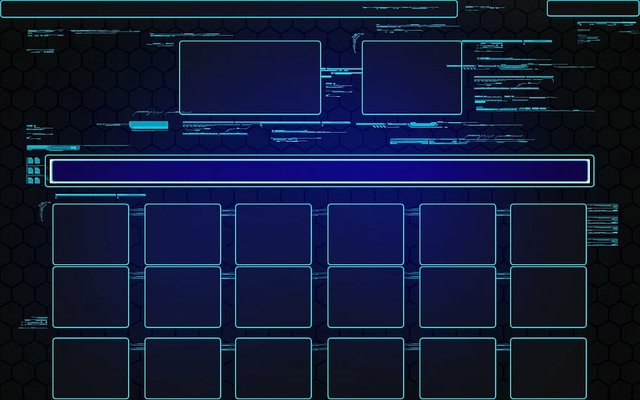
I used Figma for a month and was amazed at its features and how well it worked. I liked it so much that I campaigned for my team to leave Sketch. This post has been tailored to the conversations I’ve had at work, and it’s a unique presentation for product communities, especially distributors, explaining why Figma is better in so many ways.
Picture for the message
Why Is Web-based A Good Thing?
There is no software to download, install, and update regularly. No need to save and organize files. Your work is automatically stored in a shared location in the cloud. The URL remains the source of the truth that everyone sees. This means there is no need to constantly download, sync, and edit PNG files in multiple locations.
Prototyping
Figma has a printable prototyping function similar to Craft + InVision. Combined reviews. Anyone with a link can add comments anywhere on the design, such as how it works in InVision. You can tag people in the comments, mark the comments as resolved, and even merge with Slack.
Version Control
The figure includes a version history for all partners. You can return to the previous state or leave it. It works like a time machine on a Mac. Collaboration with many players. Several people can collaborate in real-time. Like Freehand, we can see all of each other’s cursors on the screen and draw things and comment.
Real-time Collaboration
You can review the design, update quickly, and get instant feedback on changes. The time between returns can range from a few days to a few minutes, as it is not possible to waste time downloading or syncing screens, creating connection links, sending messages to people for advice, and so on. When I first experienced it, it was so strange that I shed only tears of joy.
Design Process
Suddenly, the summary of the SaaS UI Design becomes a place where everyone meets and discusses the designs. This means it’s easier for designers to work in parallel, explore options, and iterate in short steps. This means that developers will identify and report technical issues as soon as possible. This means that stakeholders, project managers, or anyone with a connection can see how design goes from idea to visual, rather than waiting for a big idea.
Transition From Design - More Consistent
In fact, it is easier to construct our design using Figma in a way that reflects how these designs are encoded. You need to understand why frames work. Figma uses frames instead of a desktop. The frames are different because you can place the frames on the inside.
Flexible Than Symbols
In Sketch, you can use character override methods to edit text or replace incoming characters. But if you want to change something else, such as text size, border thickness, or background color, you need to separate yourself from the icon and create a slightly different version of the same user interface element. To solve this problem, you place each change within a single character, but you move to hell’s priority panel. With large projects and complex user interfaces, organizing and servicing all changes cannot be done quickly.